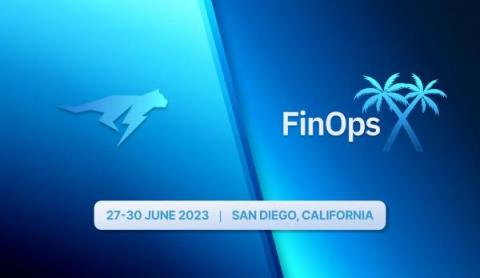Observability: How to Boost Gaming Performance in 5 Ways
For a game to provide the best user experience, certain elements come into play. These factors can be hardware components in the user’s computer, like the CPU and GPU, operating system settings, or specific game settings. In fact, if there’s misalignment between these components and a game’s intensity, performance issues can crop up. The most common performance issues in gaming include frame rate drops, input lag, stuttering, rendering issues and network latency.











